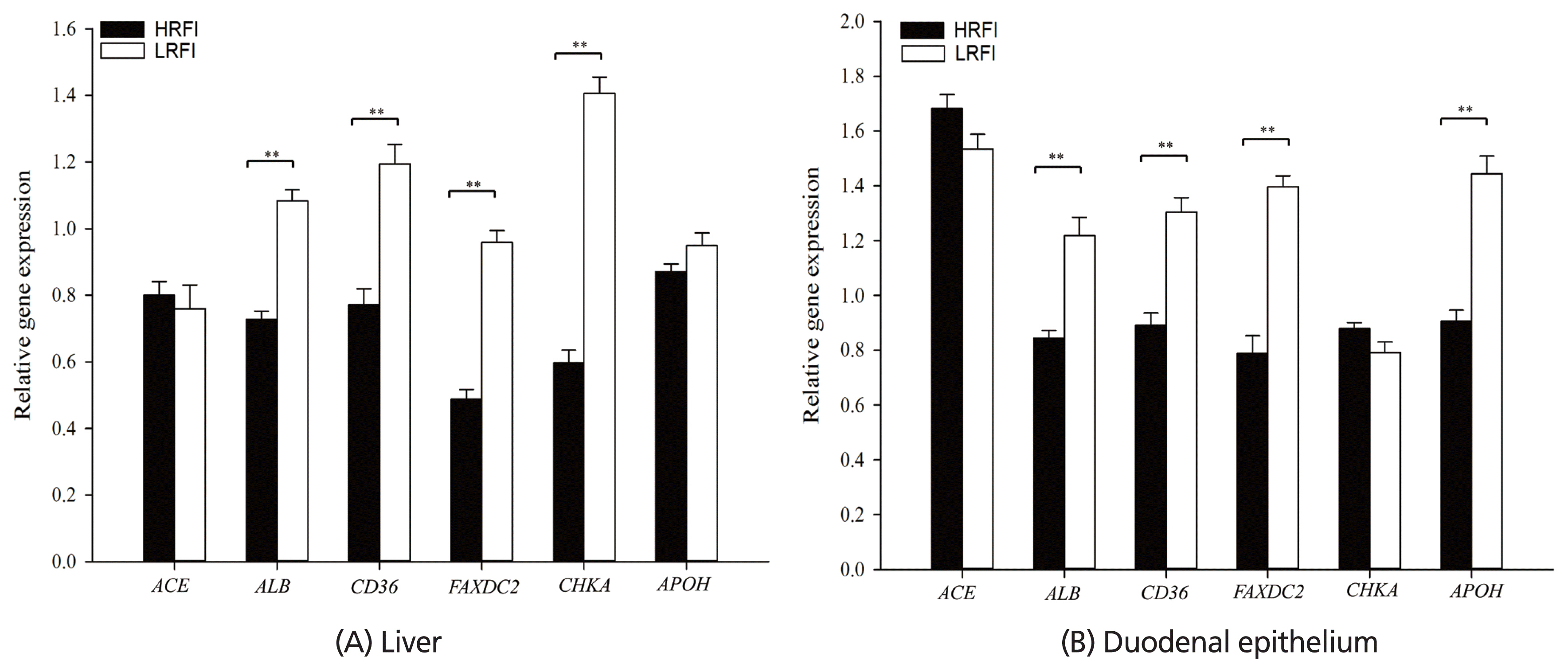5. Alford AR, Hegarty RS, Parnell PF, Cacho OJ, Herd RM, Griffith GR. The impact of breeding to reduce residual feed intake on enteric methane emissions from the Australian beef industry. Aust J Exp Agric 2006; 46:813–20.
https://doi.org/10.1071/EA05300

7. Mitrofanova D, Dakik P, McAuley M, Medkour Y, Mohammad K, Titorenko VI. Lipid metabolism and transport define longevity of the yeast
Saccharomyces cerevisiae. Front Biosci 2018; 23:1166–94.
https://doi.org/10.2741/4638

8. Visioli F, Crawford MA, Cunnane S, Rise P, Galli C. Lipid transport, dietary fats, and endogenous lipid synthesis: hypotheses on saturation and competition processes. Nutr Health 2006; 18:127–32.
https://doi.org/10.1177/026010600601800204


13. Qi Y, Jiang C, Cheng J, et al. Bile acid signaling in lipid metabolism: metabolomic and lipidomic analysis of lipid and bile acid markers linked to anti-obesity and anti-diabetes in mice. Biochim Biophys Acta Mol Cell Biol Lipids 2015; 1851:19–29.
https://doi.org/10.1016/j.bbalip.2014.04.008

15. Chai J, Zou L, Li X, et al. Mechanism of bile acid-regulated glucose and lipid metabolism in duodenal-jejunal bypass. Int J Clin Exp Pathol 2015; 8:15778–85.


17. Livak KJ, Schmittgen TD. Analysis of relative gene expression data using real-time quantitative PCR and the 2(−Delta Delta C(T)) Method. Methods 2001; 25:402–8.
https://doi.org/10.1006/meth.2001.1262


24. Ramirez de Molina A, Gallego-Ortega D, Sarmentero-Estrada J, et al. Choline kinase as a link connecting phospholipid metabolism and cell cycle regulation: implications in cancer therapy. Int J Biochem Cell Biol 2008; 40:1753–63.
https://doi.org/10.1016/j.biocel.2008.01.013


25. Takada D, Ezura Y, Ono S, et al. Apolipoprotein H variant modifies plasma triglyceride phenotype in familial hypercholesterolemia: a molecular study in an eight-generation hyperlipidemic family. J Atheroscler Thromb 2003; 10:79–84.
https://doi.org/10.5551/jat.10.79


28. Ekholm O, Jaikishan S, Lonnfors M, Nyholm TK, Slotte JP. Membrane bilayer properties of sphingomyelins with amide-linked 2- or 3-hydroxylated fatty acids. Biochim Biophys Acta Biomembr 2011; 1808:727–32.
https://doi.org/10.1016/j.bbamem.2010.12.006

31. Koonen DP, Jacobs RL, Febbraio M, et al. Increased hepatic CD36 expression contributes to dyslipidemia associated with diet-induced obesity. Diabetes 2007; 56:2863–71.
https://doi.org/10.2337/db07-0907


34. Coburn CT, Hajri T, Ibrahimi A, Abumrad NA. Role of CD36 in membrane transport and utilization of long-chain fatty acids by different tissues. J Mol Neurosci 2001; 16:117–21.
https://doi.org/10.1385/JMN:16:2-3:117











 PDF Links
PDF Links PubReader
PubReader ePub Link
ePub Link Full text via DOI
Full text via DOI Download Citation
Download Citation Print
Print





